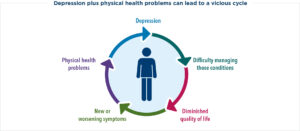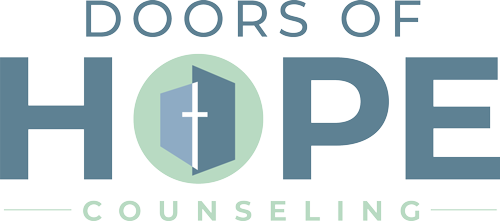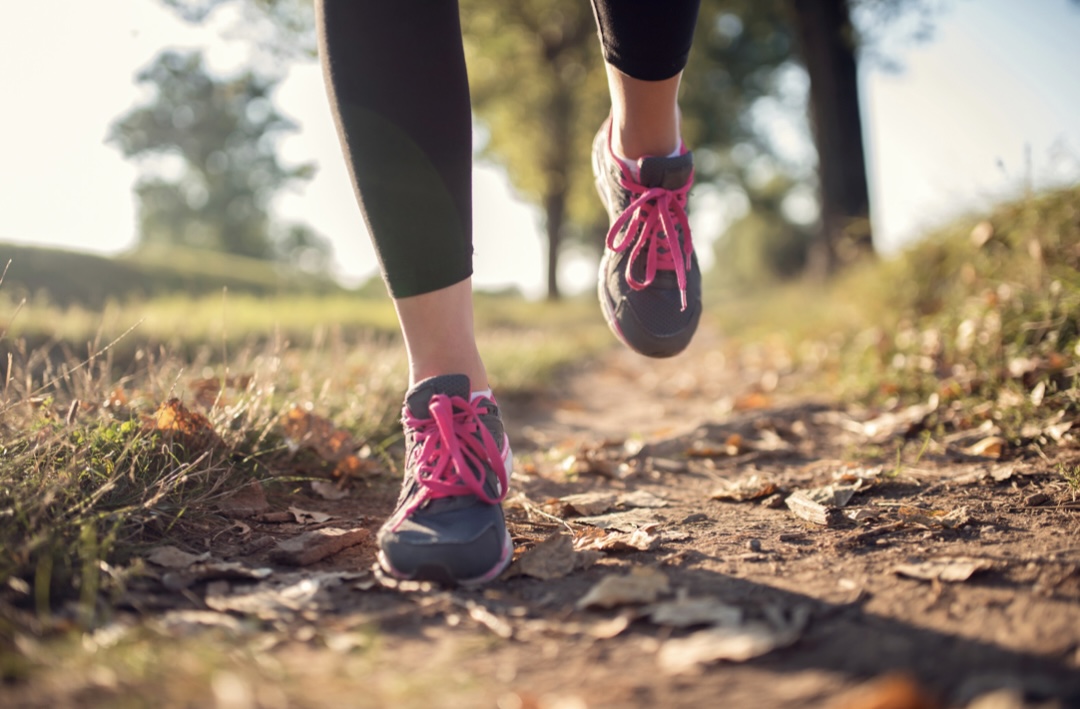By Alix Orrick, LPC
It’s easy and common to think of our brains and bodies as two separate entities working independently, and they are often treated that way. We see this in both the medical and mental health fields. Yes, even we therapists are guilty of overlooking how movement can improve our thoughts and emotions. The brain and body have a continuous, direct impact on one another. This has major implications for both our physical and mental health. The physical benefits of movement are generally well-known and publicized. Less discussed, however, are the mental health benefits of movement, which can include improved mood, memory, learning, emotion regulation, flexible thinking, reactivity, motivation, sleep, and much more. These improvements can give us the foundation we need to build sustainable healthy habits and take more control over our mental health.
Every year we see more research that reinforces the importance of the mind-body connection, including the link between depression and physical health. Depression and stress are known to have negative impacts on our physical health, including blood pressure, immunity, and organ function. Fortunately, this link also makes it possible for us to improve our mental health by improving our activity level and physical health. Let’s look at the hormone serotonin, for example. Serotonin is primarily produced in the gastrointestinal tract before traveling to the brain. Serotonin helps with mood and emotion regulation, energy, sleep, digestion, and much more. A lack of serotonin is linked to anxiety and depression.
Research has consistently shown that the quickest ways to boost serotonin levels, and subsequently reduce symptoms of anxiety and depression, are through exercise, nutrition, and sunlight.
Anxiety, depression, ADHD, trauma, and many other mental health issues often stand between our goals and desires to be active, eat healthy, or be functional at all. If I’m sitting on the couch in a fog of depression or feel stuck in “analysis paralysis” (i.e. analyzing how much I have to do, instead of just doing), I may end up doing nothing at all when I could have spent that time taking the dogs for a walk, working out, or playing a game with my kids. This is what can keep us stuck in the unhealthy cycles that accompany anxiety and depression.

However, we have the power to start reversing these cycles through our behaviors. By getting up and doing the things we are avoiding, or that we desperately want to do but haven’t felt the motivation to do, we can boost our mood, energy level, and motivation. For instance, if I go for a 10-minute walk, I may get back to the house feeling healthier, and be motivated to make dinner instead of ordering fast food delivery. Then, as I eat healthier, I may experience better sleep quality and a better mood, which put me on track for a more productive and happier day. The mental health benefits of movement all come from just taking that first step.
Another mental health benefit of movement and action is that we begin to build mastery of tasks, as well as our thoughts, emotions, and behaviors. Building mastery is an empowering skill that enables us to take control of our lives and our mental health, and it is only developed by doing. I do not become a master of new skills or my life by thinking about it, but by acting on it. We can’t always control our mental health, even through therapy and prescription medications. But we can control the amount and type of physical activities we engage in, which can contribute to the cognitive and emotional improvements mentioned above. An enhanced sense of mastery also leads to higher self-esteem, self-image, and self- efficacy.
What if I am feeling stuck?
Movement, for the purposes of improving mental health, does not have to be intense, difficult, or time- consuming. In fact, it can look as simple as folding a load of laundry or going for a short walk outside.
Remember, any (safe) movement is better than no movement.
- Remove as many barriers as possible, mental and physical. If you have to jump through hoops to squeeze in a 30-minute workout, most people won’t do it.
- Start simple and make it accessible. You don’t need a gym membership or even workout equipment at home. There are hundreds of physical activities that require nothing but your body and a little open space.
- Take action!
- Dance in your kitchen
- Hand wash your dishes (yes, I said it)
- Take a walk outside for 5-10 minutes
- Play frisbee, or golf, or even Frolf (frisbee-golf, it’s a thing)
- Sit-up contest with your friend, partner, or kid
- High-intensity workout
- Low-intensity workout
- Stretch during commercials (don’t fast forward through them!)
- Play an active game with your kids like “Simon Says”
- Go get the mail
- Hula hoop
- Go bowling
- Take the stairs
- Play charades
- Ride a bike
- Master a TikTok dance (or create your own)
- Go on a “walk and talk” with a work call or with a friend
We often wait for a “spark” of motivation to kickstart healthy and effective behaviors. But a wise therapist once told me that “action precedes motivation.” In other words, motivation to participate in healthy cycles comes from doing something healthy first. Experiencing the benefits of our actions motivates us to keep going and doing.
If you want more help receiving all the mental health benefits of movement, consider seeing one of our therapists. Reach out today!
Links:
- More about serotonin
- Fun and easy indoor activities for kids (and adults!)
- More about mental health and exercise:
- https://www.apa.org/topics/exercise-fitness/stress
- https://www.sciencedirect.com/science/article/abs/pii/S0165032715314221
- https://www.smithsonianmag.com/science-nature/how-exercise-boosts-the-brain-and- improves-mental-health-180979511/
- https://www.who.int/news-room/fact-sheets/detail/physical-activity

